Vivo OPPO, OnePlus – rebranding or independent companies?
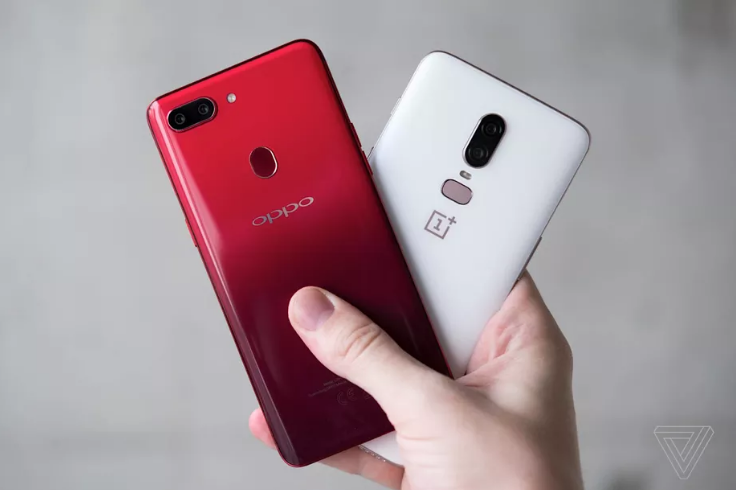
Original material
If you are a fan Android, then it is likely that your attention has been largely focused on the OnePlus 6 soon. But for several years now, from the very start of OnePlus, a small manufacturer that wants to surpass the big players through online sales and smart pricing, there are rumors about who is actually behind the project.
OnePlus co-founder and CEO Pete Lau was an employee of China's largest phone manufacturer OPPO, which is widely regarded as part of the even bigger BBK Electronics, as well as another Chinese mega-brand Vivo. OPPO and Vivo is co-founded by Duan Yongping, a Chinese billionaire who rarely gives interviews. His company BBK is barely mentioned in the media field, which is surprising considering the fact that the total supply of OPPO and Vivo allows the company to be the fourth largest phone manufacturer in the world.
OnePlus smartphones in the past have had a number of similarities with devices from OPPO, which raised doubts about the declared independence. I used the Vivo X21 and OPPO R15 Pro, the flagship that many resources called the prototype of the OnePlus 6. The comparison is not as obvious as you might think.
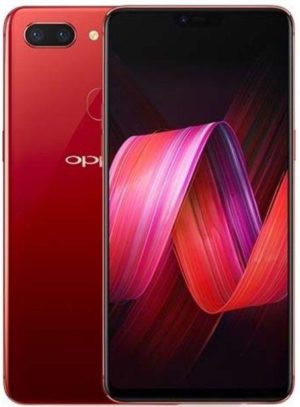
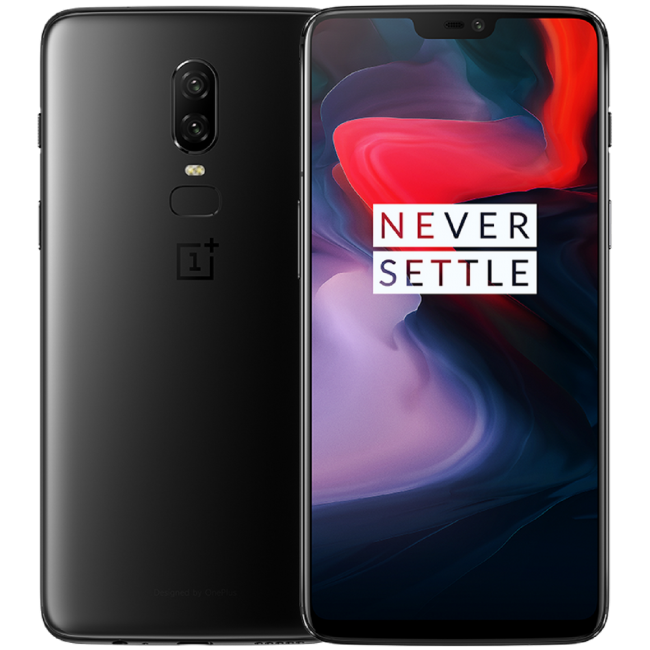
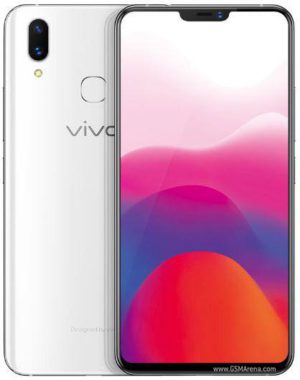
All these smartphones have a similar form factor: they are built on OLED – displays with a diagonal of 6.28 inches and a resolution of 2280 x 1080, they have aluminum cases, a curved glass back and slightly different contours. Each has a 3.5mm jack and a dual camera lens, 6GB of RAM, 128GB of storage – everything you would expect. The most surprising similarity is the similar placement of the power buttons and delightful, pleasantly clicky volume keys. OnePlus's vaunted Dash fast charging system also uses a similar power supply to OPPO's VOOC system, except that the inner surface of the USB port and the groove in the Dash is red and the VOOC is green.
But when you pick up the R15 Pro, there really is no reason to compare it with the OnePlus 6. Of course, it uses OLED – a panel with the same cutout and the same diagonal, but this year it is unlikely to become a distinctive feature, almost all manufacturers Android – devices have switched to solutions with a 'cut': LG, Huawei, Xiaomi, rumored even by Google. The R15 Pro doesn't have the characteristic curved body like the OnePlus, and I like it better, it looks more natural and even when the screen and the top bezel of the smartphone are parallel to each other.
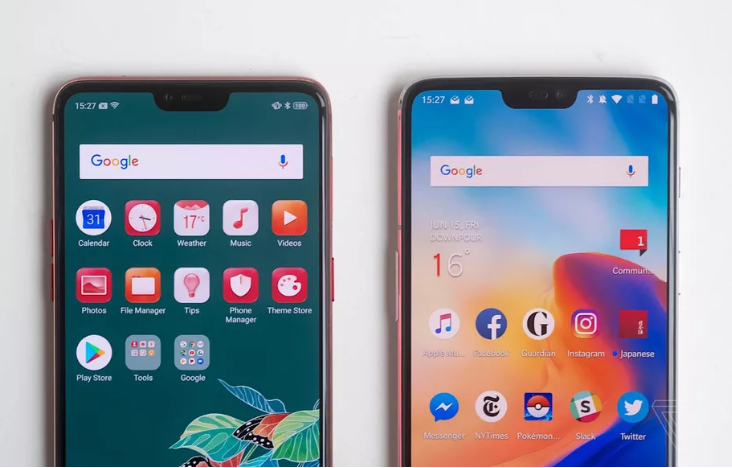
Flip the devices and see even less similarities. The OnePlus 6 uses a vertically positioned dual lens in the middle of the back with a fingerprint scanner underneath. OnePlus continues to stand out among the manufacturers Android devices with a dedicated alert mode switch. Vivo does not install this sensor at all on the back, instead it is integrated into the display, the glass of which feels very different from that of OPPO. The OnePlus 6 was originally released in only two variations of black, glossy and matte, while the OPPO R15 Pro that came to me for review is made in a beautiful Ruby Red color with a transition from light to dark gradient along the body of the phone. OPPO was not the first to experiment with color gradients, but the final result is good. However, the OnePlus 6 I have on review was released in a new version of Silk White, using a matte white with a pearlescent hue and rose gold accents, which I find equally cute.
The 'stuffing' in smartphones is also different: the R15 Pro and X21 both run on Qualcomm Snapdragon 660 processors and use the Micro USB port for charging, which is the standard for the transitional segment between mid-range and premium flagships in the Chinese market. The OnePlus 6, of course, has the Snapdragon 845 and Type-C connector, which is to be expected from any flagship sold in the Western market. The choice of processor not only makes the OP6 faster, it affects, for example, the camera: the improved image signal processing in the SD 845 often helps to achieve comparatively better results than the 660 processor in the R15 Pro. At the same time, in OPPO devices and Vivo, selfie cameras have higher resolution, reflecting the difference in user priorities depending on the market.
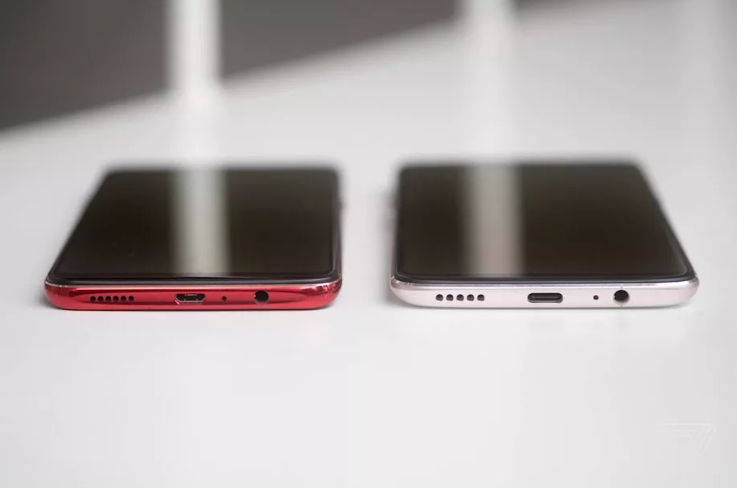
So why are people suggesting that OnePlus is simply rebranding OPPO smartphones? The promotion of each company in the past, covered with a veil of secrecy, did not help, and the reclusive nature of BBK did not help. And the OnePlus 5 and 5T, very reminiscent of the OPPO R11 and R11S, only added fuel to the fire for some particularly curious users. We reached out to OnePlus for comments and received the following response:
'OnePlus and OPPO are two completely independent companies. Research and development, finance, sales channels, ongoing activities, etc. – everything functions independently of each other. The two parties have common investors. OnePlus uses OPPO's manufacturing facilities and shares some of its supply chain resources with it. '
OPPO comment:
OPPO and OnePlus operate independently of each other. Before founding OnePlus, Pete Lau worked at OPPO for over ten years. Pete founded the company with the idea of promoting online sales of flagship smartphones. From the OPPO standpoint, OnePlus is doing very well. And OPPO has nothing to do with BBK. '
I asked BBK for clarification on the last statement, but received no response.
Here's what representatives Vivo have to say:
'Vivo is an independent company and is not a subsidiary of anyone. We invest in our own development and resources for product development and do not share them with OPPO, OnePlus or other brands in terms of software or hardware. '
I asked if this statement could be considered in the context of the lack of communication with the BBK, but there was no response.
If we take these claims at face value, the presence of 'shared investors' in OPPO and OnePlus means they are privately controlled entities with shared ownership, but without clarification, it is impossible to tell exactly who owns what. OPPO strongly denies any involvement with the BBK. Of greater interest is OnePlus's comment on the use of capacity and the availability of common resources in the supply chain with OPPO, because it is in these aspects that the similarities between the two devices can be traced.
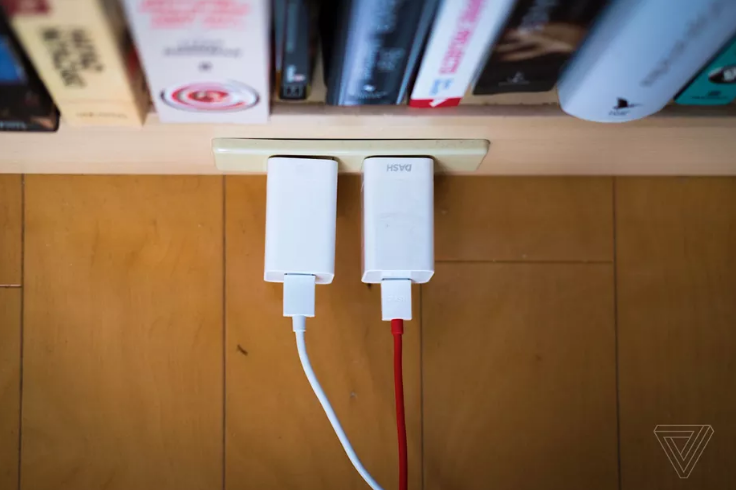
Notch screens may take over the world this year Android, but using nearly identical panels in the displays of the latest smartphones from OPPO, Vivo and OnePlus would be an amazing coincidence if there were no shared supply chains components. OPPO and OnePlus smartphones also use the same camera hardware – the main Sony IMX519 sensor (16 MP) and the additional one (20 MP). OnePlus' own Dash charging system appears to use the same technology as OPPO's VOOC. It's easy to see how co-ordering components with an order-huge corporation like OPPO can go a long way toward helping OnePlus achieve low-cost branded devices.
The main question is whether you, as a potential OP6 buyer, should take care of these aspects. I would say not worth it. The OP6 is obviously the top-end device from any of these three companies regardless of the true nature of the relationship between them, and the design of the smartphone is not much different from any Android phone this year. OPPO and Vivo offer differentiated products in their home market. In my opinion, the R15 Pro stands out due to its design, and the fingerprint sensor in the X21 is a major technological breakthrough. The OP6 is a great phone in and of itself and is almost certainly the best solution for the money.
When the next OnePlus hype kicks in (probably with the 6T coming out this year), it might well be possible to look at the OPPO lineup for clues on what to expect. At the same time, do not dive headlong into the revolutionary and oppositional marketing component of OnePlus. But don't think that the similarities between the products will be obvious and obvious. The OP6 and R15 Pro proved that the two companies are now making completely different devices, regardless of corporate connections.
By Sam Beeford
Interesting comments, no one wants to admit the existence of any ties between the companies, which is understandable, but it seems to me that the representatives are cunning. At least when looking at past generations of devices. In my opinion, all three of these companies show good development and offer interesting technologies. And so, of course, I don't want to share the merits. I am very impressed by the form factor and the camera solution in Find X, however, I'm not really 'familiar' with the 'cutouts'. OnePlus is close to me in terms of customization flexibility, speed, and the 'full meat' concept. Vivo shot with an in-screen fingerprint sensor. In general, such a good three.
What are these companies really hiding? Общие патенты и R&D? Or is it actually just a few co-founders of the common?
